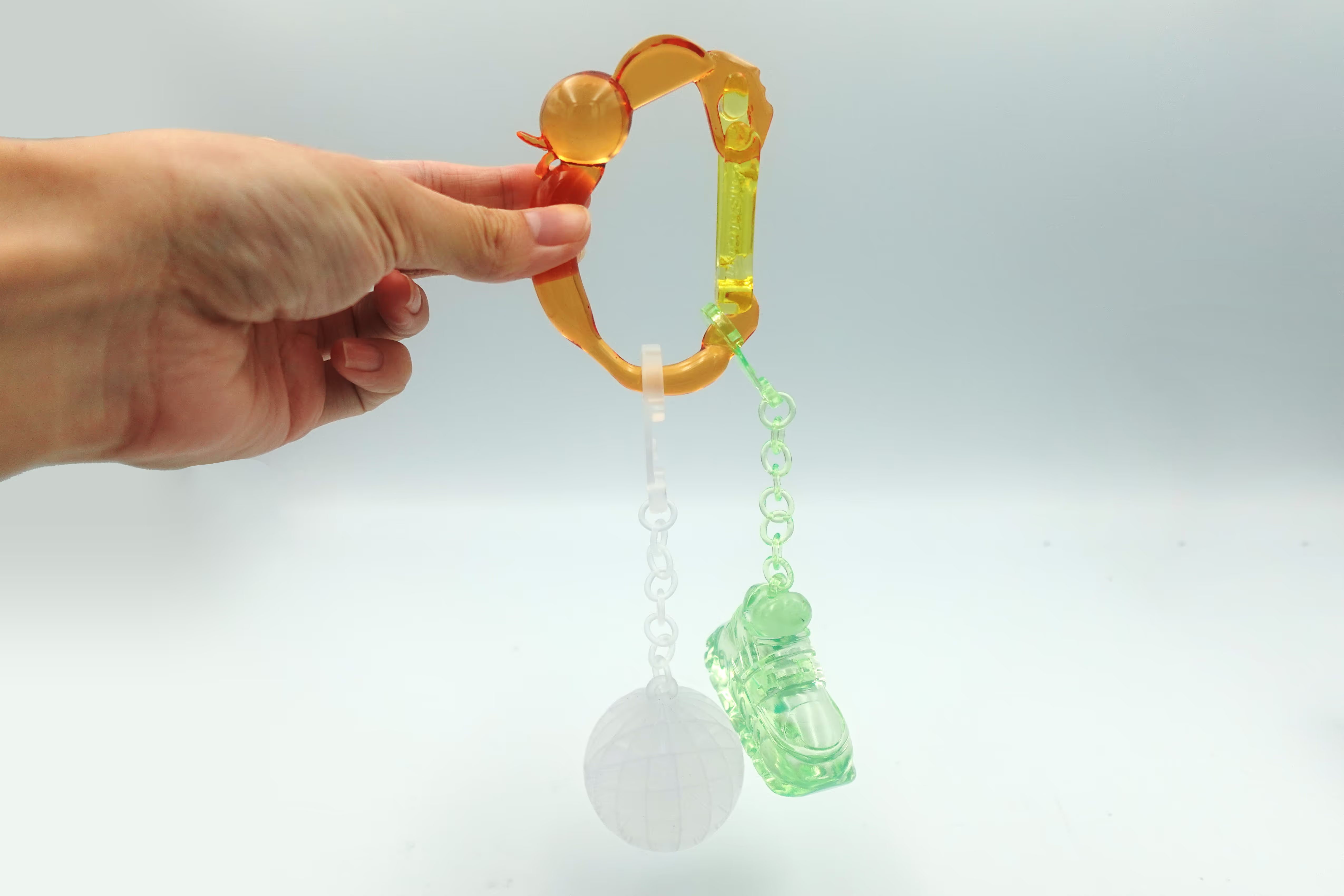
Modern jewelry makers are discovering 3D design as a powerful tool for creating unique, custom pieces that would be impossible with traditional methods. Digital design allows precise control over complex geometries while enabling rapid prototyping and personalization.
Traditional jewelry making requires expensive tools, materials, and years of training. 3D design democratizes jewelry creation by allowing detailed visualization and testing before committing to precious materials.
Complex geometries: Create intricate lattice work, hollow structures, and interlocking elements impossible with traditional fabrication.
Perfect symmetry: Digital tools ensure mathematical precision in patterns, stone settings, and proportional relationships.
Rapid iteration: Test multiple design variations quickly without wasting materials or time on physical prototypes.
Size variations: Easily resize designs for different finger sizes or scaling requirements while maintaining proportions.
Successful jewelry requires balancing aesthetics with wearability and structural integrity.
Wall thickness: Maintain minimum 1.2mm thickness for pendants and earrings, 1.5-2mm for rings to ensure durability during wear.
Stress points: Reinforce connection areas, jump ring attachments, and high-wear surfaces that experience regular contact.
Weight distribution: Design pieces that balance properly when worn, avoiding heavy elements that cause discomfort or pulling.
Smooth edges: Eliminate sharp corners or rough surfaces that could catch on clothing or irritate skin.
Comfortable proportions: Size elements appropriately for human anatomy - rings shouldn't be too thick, earrings too heavy.
Movement considerations: Allow for natural body movement without pieces catching or binding.
Different jewelry types require specific design strategies and considerations.
Band considerations: Create bands with appropriate thickness for comfort while ensuring structural integrity.
Stone settings: Design bezels or prong settings with precise tolerances for specific gemstone dimensions.
Sizing accommodation: Plan for resizing by avoiding design elements that span the entire circumference.
Comfort features: Add comfort-fit curves to band interiors for better wearability.
Bail design: Create strong attachment points that won't fail under the weight of the pendant.
Proportion planning: Scale elements appropriately for the intended chain weight and necklace length.
Detail optimization: Balance fine details with printability requirements and visual impact at wearing distance.
Weight management: Keep pieces lightweight to prevent ear fatigue and potential damage to piercings.
Balance considerations: Ensure pairs match exactly in weight and proportion for comfortable wear.
Movement elements: Design pieces that move attractively without tangling or catching.
Professional SLA printing materials offer excellent detail resolution suitable for jewelry applications.
Surface quality: SLA produces smooth surfaces requiring minimal post-processing for professional appearance.
Detail resolution: Capture fine features like textures, small text, or intricate patterns with high fidelity.
Durability: Cured resin provides sufficient strength for costume jewelry and prototypes.
Post-curing: Proper UV curing ensures maximum material strength and eliminates tackiness.
Surface preparation: Light sanding and polishing create professional-quality finishes.
Coating options: Protective coatings extend wear life and provide color or metallic finishes.
Successful jewelry design follows a systematic approach from concept to finished piece.
Proportion studies: Work out basic proportions and relationships before moving to 3D.
Reference gathering: Collect images of similar pieces, construction details, and finishing examples.
Size planning: Establish target dimensions based on intended wearer and usage scenarios.
Begin with basic shapes: Build complexity gradually using simple geometric forms as foundations.
Symmetry tools: Utilize mirroring and copying to maintain perfect bilateral symmetry.
Detail layering: Add decorative elements progressively, testing printability at each stage.
Scale verification: Check all dimensions against standard jewelry measurements and wearing comfort.
Structural analysis: Ensure adequate thickness and strength in all critical areas.
Print preview: Use cross-section views to verify internal structure and identify potential issues.
Modern 3D tools enable sophisticated jewelry features previously requiring extensive craftsmanship.
Pattern arrays: Create repeating decorative elements with precise spacing and alignment.
Size variations: Develop designs that automatically adjust proportions when scaled to different sizes.
Customization systems: Build templates that accommodate personalization like names, dates, or sizing.
SVG engraving techniques: Add logos, text, or patterns using vector graphics for precise surface details.
Organic textures: Create natural-looking surfaces mimicking hammered metal, wood grain, or stone textures.
Geometric patterns: Develop mathematical patterns that tile seamlessly across surfaces.
Jewelry pieces require specific printing considerations for optimal results.
Surface quality: Orient pieces to minimize visible layer lines on prominent surfaces.
Support minimization: Position designs to reduce support material requirements on finished surfaces.
Batch efficiency: Plan multiple pieces per print to maximize efficiency and consistency.
Support removal: Plan for clean support removal without damaging delicate features.
Surface finishing: Budget time for sanding, polishing, and coating applications.
Quality control: Establish inspection procedures to ensure consistent results across batches.
3D jewelry design opens various commercial possibilities for creators and entrepreneurs.
Client consultation: Present 3D visualizations during design discussions for better communication.
Rapid prototyping: Create physical samples quickly for client approval before final production.
Design libraries: Build catalogs of customizable designs for efficient customer service.
Batch printing: Produce multiple pieces simultaneously for inventory or orders.
Design variants: Offer size ranges and style variations without recreating entire designs.
Quality consistency: Ensure identical results across multiple productions of the same design.
Jewelry intended for skin contact requires additional safety considerations.
Skin compatibility: While printed jewelry is safe for casual skin contact, some individuals may have sensitivities.
Protective coatings: Apply appropriate finishes to create barriers between skin and base material.
Hypoallergenic options: Consider additional surface treatments for sensitive wearers.
Wearing duration: Advise customers on appropriate wearing times for different piece types.
Care instructions: Provide guidance on cleaning and maintenance to preserve both appearance and safety.
Quality monitoring: Establish procedures for monitoring piece condition over time.
3D design revolutionizes jewelry making by combining traditional aesthetic principles with modern digital precision. This technology enables creators to produce sophisticated, custom pieces while maintaining professional quality and commercial viability.
Success in 3D jewelry design comes from understanding both the creative possibilities and practical constraints of digital fabrication. Start with simple pieces to master the fundamentals, then gradually explore more complex techniques as skills develop.
The future of jewelry making increasingly integrates digital design with traditional craftsmanship, creating new opportunities for both hobbyists and professionals in this evolving field.